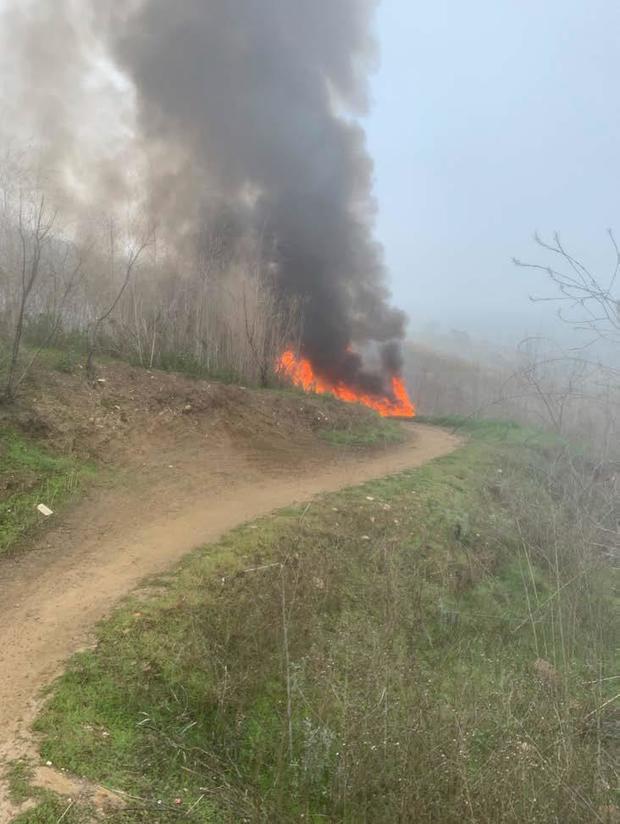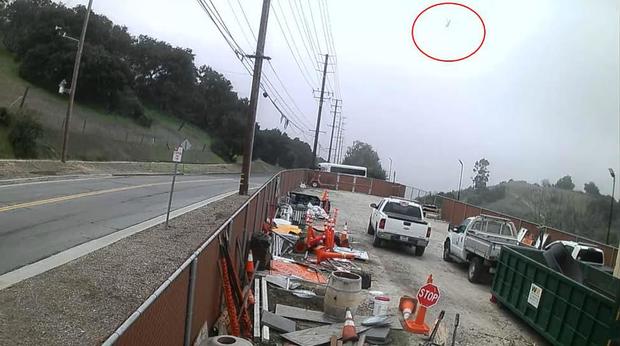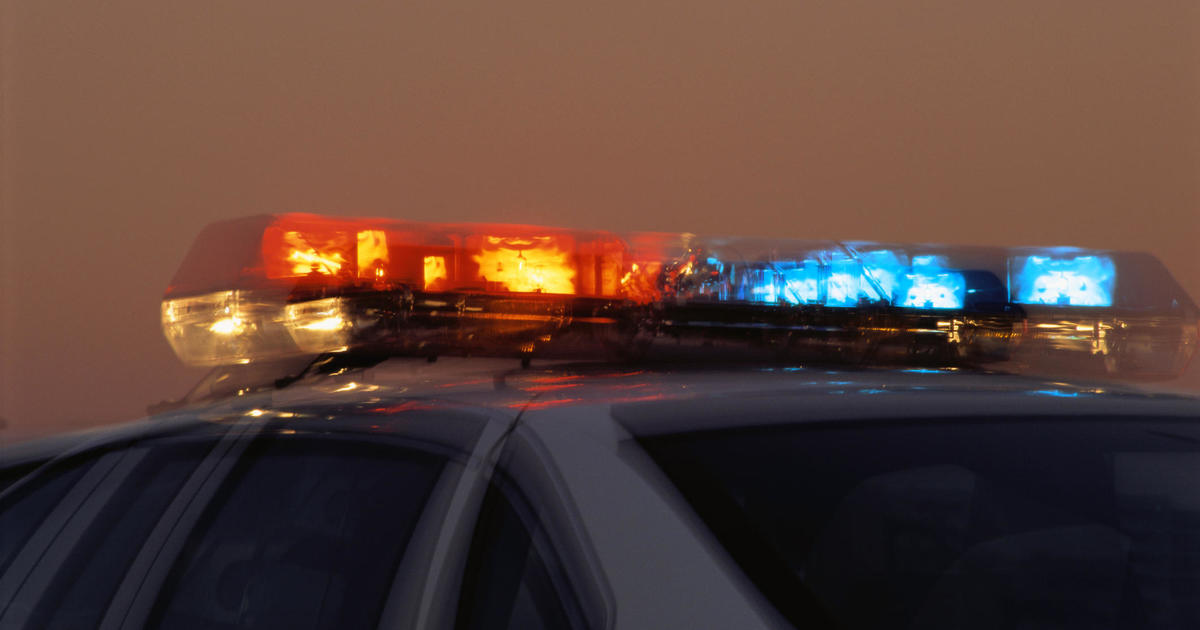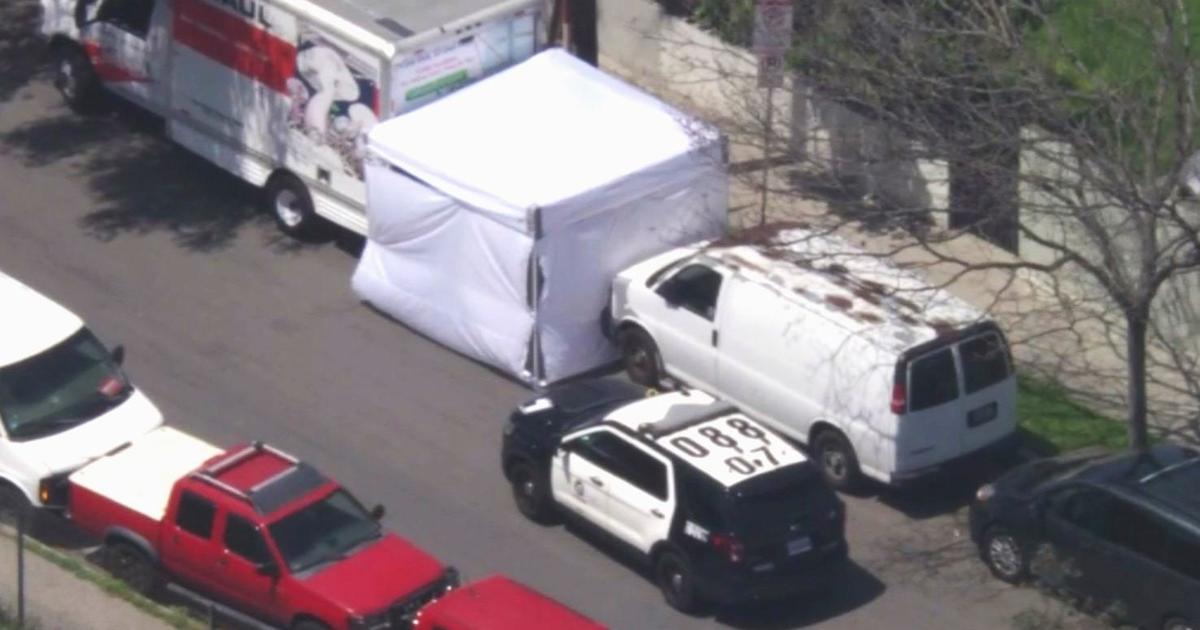NTSB: No Sign Of Engine Failure In Kobe Bryant Chopper Crash
LOS ANGELES (CBSLA) – A preliminary report from the National Transportation Safety Board found no evidence of engine failure in last month's helicopter crash which killed basketball star Kobe Bryant, his daughter and seven others.
The 11-page NTSB report released Friday – which did not determine a cause for the crash -- stated that there was no sign that the helicopter's two engines failed before it went down in a fiery wreck.
"Viewable sections of the engines showed no evidence of an uncontained or catastrophic internal failure," the report read.
At 9:45 a.m. on Jan. 26, a Sikorsky S-76 helicopter carrying Kobe, his 13-year-old daughter Gianna, two other teen girls, four parents and the pilot crashed in the hills of Calabasas amid foggy conditions.
The helicopter had departed from John Wayne Airport in Orange County and was bound for Camarillo, with the passengers on board heading to Kobe's Mamba Sports Academy in Thousand Oaks, where he was set to coach Gianna in a tournament game.
"Our investigators have already developed a substantial amount of evidence about the circumstances of this tragic crash," NTSB Chairman Robert L. Sumwalt said in a statement Friday. "And we are confident that we will be able to determine its cause as well as any factors that contributed to it so we can make safety recommendations to prevent accidents like this from occurring again."
The report reiterated criticism -- which had been leveled by an NTSB official at the Federal Aviation Administration -- that the helicopter did not have a black box. Under FAA regulations, almost all planes are required to have black boxes, but not helicopters.
"The helicopter was not equipped with a flight data recorder or cockpit voice recorder (CVR) nor was it required to be for the accident flight," the report read.
"The NTSB has been issuing recommendations to the Federal Aviation Administration to require recorders on helicopters since 1999," the NTSB stated in a news release Friday accompanying the report.
The report stated that the helicopter crashed on a 34-degree slope and left a crater 24-feet by 15-feet wide and two-feet deep.
The pilot, 50-year-old Ara Zobayan, had 8,200 hours of flight experience. The helicopter, manufactured in 1991, had logged 4,761 hours in the air and its maintenance and inspection records were all up to date, the NTSB found.
The report confirmed previous information released by the NTSB that at about 9:20 a.m., the helicopter neared Burbank air space and Zobayan requested permission from air traffic control for special Visual Flight Rules (VFR) which would allow him to fly below the clouds.
He circled for about 12 minutes until getting approval.
"At 9:32, ATC cleared the pilot to transition the class C surface area following the I-5 freeway, maintaining special VFR conditions at or below 2,500 feet," the report reads. "The pilot acknowledged with a correct readback and climbed to approximately 1,400 feet. In response to query, the pilot replied to the Burbank ATC that he would follow Highway 118 and 'loop around Van Nuys Airport' to follow Highway 101."
According to the report, Zobayan contacted air-traffic controllers at about 9:45 a.m. "and advised he was climbing above cloud layers." An air-traffic controller "asked the pilot his intentions, to which he replied he was climbing to 4,000 feet. There were no further transmissions."
According to the report, radar data indicate the helicopter was flying about 1,500 feet above the 101 Freeway near Las Virgenes, then began turning left and began descending, reaching a descent speed of more than 4,000 feet per minute.
The report includes several photos of the crash area, some from stationary cameras in the area, one from a witness near the crash site and one from a security camera that shows the helicopter flying into clouds in the area.
It also includes a description from a witness who was on a mountain bike trail and told investigators he heard the helicopter approaching.
"He perceived the sound getting louder and saw a blue and white helicopter emerge from the clouds passing from left to right directly to his left," according to the report. "He judged it to be moving fast, traveling on a forward and descending trajectory. It started to roll to the left such that he caught a glimpse of its belly. He observed it for 1 to 2 seconds, before it impacted terrain about 50 feet below his position."
The NTSB's full report will be released in anywhere from six to 12 months. To read the preliminary report, click here.
(© Copyright 2020 CBS Broadcasting Inc. All Rights Reserved. City News Service contributed to this report.)





